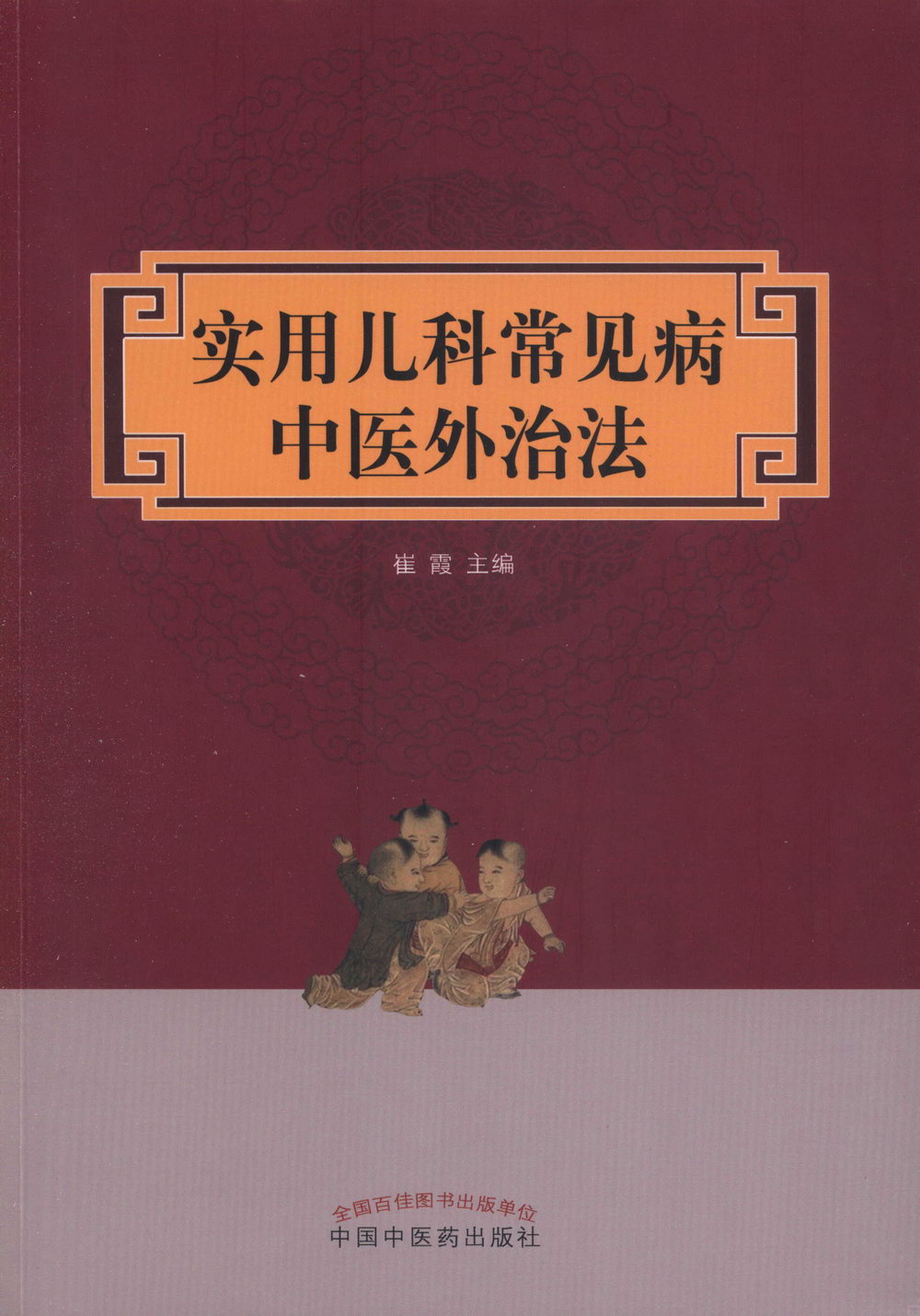弱尺度超對稱 英文 | 生病了怎麼辦 - 2024年7月

弱尺度超對稱 英文
是一本英文書。Supersymmetric models of particle physics predict new superpartner matter states for each particle in the Standard Model. These superpartners will have wide ranging implications, from cosmology to observations at high energy accelerators, such as CERN’’s LHC. In this 2006 text, the authors develop the basic concepts of supersymmetry and show how it can be incorporated into a theoretical framework for describing unified theories of elementary particles.They develop the technical tools of supersymmetry using four—component spinor notation familiar to high energy experimentalists and phenomenologists. The text takes the reader from an abstract formalism to a straightforward recipe for writing supersymmetric gauge theories of particle physics, and ultimately to the calculations necessary for practical applications at colliders and in cosmology. This is a comprehensive, practical and accessible introduction to supersymmetry for experimental and phenomenological particle physicists and graduate students. Exercises and worked examples that clarify the material are interspersed throughout.
Preface1 The Standard Model1.1 Gauge invariance1.2 Spontaneous symmetry breaking1.3 Brief review of the Standard Model1.3.1 QCD1.3.2 The electroweak model2 What lies beyond the Standard Model?2.1 Scalar fields and quadratic divergences2.2 Why is the TeV scale special?2.3 What could the New Physics be?3 The Wess—Zumino model3.1 The Wess—Zumino Lagrangian3.1.1 The field content3.1.2 SUSY transformations and invariance of the action3.1.3 The chiral multiplet3.1.4 Algebra of the SUSY charges3.2 Quantization of the WZ model3.3 Interactions in the WZ model3.4 Cancellation of quadratic divergences3.5 Soft supersymmetry breaking4 The supersymmetry algebra4.1 Rotations4.2 The Lorentz group4.3 The Poincaré group4.4 The supersymmetry algebra5 Superfield formalism5.1 Superfields5.2 Representations of symmetry generators: a recap5.3 Representation of SUSY generators as differential operators5.4 Useful θ identities5.5 SUSY transformations of superfields5.6 Irreducible SUSY multiplets5.6.1 Left—chiral scalar superfields5.6.2 Right—chiral scalar superfields5.6.3 The curl superfield5.7 Products of superfields5.8 Supercovariant derivatives5.9 Lagrangians for chiral scalar superfields5.9.1 K(a)hler potential contributions to the Lagrangian density5.9.2 Superpotential contributions to the Lagrangian density5.9.3 A technical aside5.9.4 A master Lagrangian for chiral scalar superfields5.10 The action as an integral over superspace6 Supersymmetric gauge theories6.1 Gauge transformations of superfields6.2 The Wess—Zumino gauge6.2.1 Abelian gauge transformations6.2.2 Non—Abelian gauge transformations6.3 The curl superfield in the Wess—Zumino gauge6.4 Construction of gauge kinetic terms6.5 Coupling chiral scalar to gauge superfields6.5.1 Fayet—Iliopoulos D—term6.6 A master Lagrangian for SUSY gauge theories6.7 The non—renormalization theorem7 Supersymmetry breaking7.1 SUSY breaking by elementary fields7.2 F—type SUSY breaking: the O’’Raifeartaigh model7.2.1 Mass spectrum: Case A7.2.2 Mass spectrum: Case B7.3 D—type SUSY breaking7.3.1 Case A7.3.2 Case B7.4 Composite goldstinos7.5 Gaugino condensation7.6 Goldstino interactions7.7 A mass sum rule7.7.1 Scalar contributions7.7.2 Vector contributions7.7.3 Fermion contributions7.8 Explicit supersymmetry breaking7.9 A technical aside:γ5—dependent fermion mass matrices8 The Minimal Supersymmetric Standard ModeI8.1 Constructing the MSSM8.1.1 Parameter space of the MSSM8.1.2 A simplified parameter space8.2 Electroweak symmetry breaking8.3 Particle masses in the MSSM8.3.1 Gauge bosons8.3.2 Matter fermions8.3.3 Higgs bosons8.3.4 Gluinos8.3.5 Charginos and neutralinos8.3.6 Squarks and sleptons8.4 Interactions in the MSSM8.4.1 QCD interactions in the MSSM8.4.2 Electroweak interactions in the MSSM8.4.3 Interactions of MSSM Higgs bosons8.5 Radiative corrections8.5.1 Higgs boson masses8.5.2 Squark mass8.5.3 Chargino and neutralino masses8.5.4 Yukawa couplings and SM fermion masses8.6 Should the goldstino be part of the MSSM?9 Implications of the MSSM9.1 Low energv constraints on the MSSM9.1.1 The SUSY flavor problem9.1.2 The SUSY C P violation problem9.1.3 Large C P—violating parameters in the MSSM?9.2 Renormalization group equations9.2.1 Gauge couplings and unification9.2.2 Evolution of soft SUSY breaking parameters9.2.3 Radiative breaking of electroweak symmetry9.2.4 Naturalness constraint on superparticle masses9.3 Constraints from b→sγ decay9.4 Bs→μ+μ—decay9.5 Muon anomalous magnetic moment9.6 Cosmological implications9.6.1 Relic density of neutralinos9.6.2 Direct detection of neutralino dark matter9.6.3 Indirect detection of neutralinos9.7 Neutrino masses9.7.1 The MSSM plus right—handed neutrinos10 Local supersymmetry10.1 Review of General Relativity10.1.1 General co—ordinate transformations10.1.2 Covafiant differentiation.connection fields,and the Riemann curvature tensor10.1.3 The metric tensor10.1.4 Einstein Lagrangian and field equations10.1.5 Spinor fields in General Relativity10.2 Local supersymmetry implies(super)gravity10.3 The supergravity Lagrangian10.4 Local supersymmetry breaking10.4.1 Super—Higgs mechanism11 Realistic supersymmetric models11.1 Gravity—mediated supersymmetry breaking11.1.1 Hidden sector origin of soft supersymmetry breaking terms11.1.2 Why is the μ parameter small?11.1.3 Supergravity Grand Unification(SUGRA GUTs)11.2 Anomaly—mediated SUSY breaking11.2.1 The minimal AMSB fmAMSB)model11.2.2 D—term improved AMSB model11.3 Gauge—mediated SUSY breaking11.3.1 The minimal GMSB model11.3.2 Non—minimal GMSB models11.4 Gaugino—mediated SUSY breaking11.5 An afterword12 Sparticle production at colliders12.1 Sparticle production at hadron colliders12.1.1 Chargino—neutralino production12.1.2 Chargino pair production12.1.3 Neutralino pair production12.1.4 Slepton and sneutrino pair production12.1.5 Production of gluinos and squarks12.1.6 Gluino or squark production in association with charginos or neutralinos……13 Sparticle decays14 Supersymmetric event generation15 The search for supersymmetry at coiliders16 R—parity violation17 Epilogue
 實用兒科常見病中醫外治法
實用兒科常見病中醫外治法 圖解兒童急救手冊
圖解兒童急救手冊 貼敷療法規范化操作圖解
貼敷療法規范化操作圖解 為自己診治常見病∶感冒、失眠、高血...
為自己診治常見病∶感冒、失眠、高血... 呼吸科疾病注射療法
呼吸科疾病注射療法 嬰幼兒護理經絡按摩
嬰幼兒護理經絡按摩 驗方新編
驗方新編 小兒耳鼻喉科診療室
小兒耳鼻喉科診療室 上呼吸道感染
上呼吸道感染 時教授談育兒經
時教授談育兒經